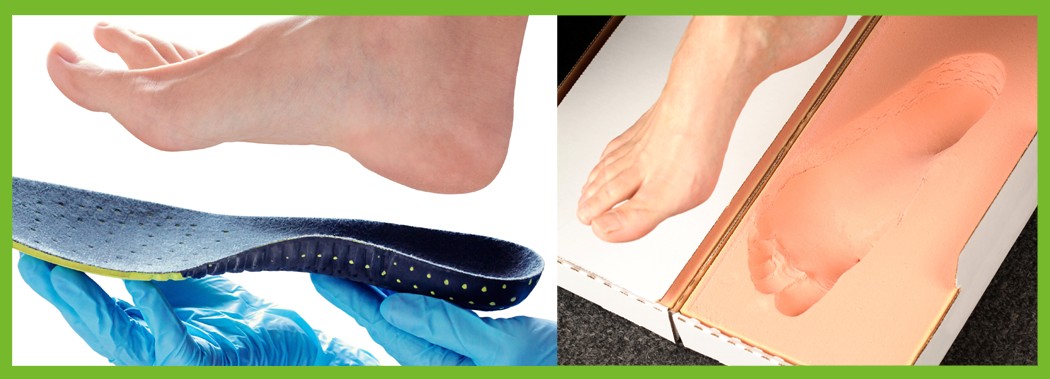Physiotherapy in Kitchener for Hip
Groin pain is serious business for athletes trying to stay in the game. Hockey and soccer players are at greatest risk for adductor muscle strain but any athlete in any sport can be affected. The adductor muscles are located along the inner thigh. Adductor strain is a major cause of groin pain in athletes. The temptation to play through the pain can lead to worse problems later. How can these injuries be prevented?
In this review article, a group of sports medicine professionals searched the available studies on the problem of groin injuries in sports. The group included physicians, physiotherapists, and athletic trainers.
The focus was on the six muscles of the adductor muscle group. They made it clear right from the start that ignoring muscle strains or getting the wrong treatment can turn a minor problem into a major one. Chronic pain, loss of muscle function, and the end of a promising sports career may be the final results.
How can this be avoided? First, identify who's at risk. We know that hockey and soccer players have the highest number of groin injuries (preseason and during the season). American football players take third place. Then help these athletes get the training they need to prevent adductor (groin) injuries.
Some studies show that muscle weakness and loss of flexibility can contribute to adductor muscle injuries. When it comes to muscle weakness as a cause of groin injuries, decreased hip abduction (moving the leg away from the body) is a problem. And adductor muscle strength being weaker than the hip abductors is also linked with adductor muscle strains.
The adductor muscles move the leg toward the body. The abductor muscles do the opposite (move the leg away from the body). So, in other words, when the abductor muscles are stronger than the adductor muscles, the risk of an adductor strain goes up dramatically.
Other risk factors include a previous injury to the same area. Players who don't practice during the off-season are more likely to get injured. Level of playing experience also seems to be a risk factor. Inexperienced players or rookies are also less likely to have a groin injury.
Two major risk factors for recurrent (repeated) groin strains are incomplete rehabilitation and not enough time for complete tissue healing to take place. In either case, the player goes back to the sport too soon. The athlete should expect to be sidelined for at least eight to 12 weeks while completing a rehab program.
An incorrect rehab program can be a risk factor. So what does a good or successful treatment program look like? Well, there are two answers to this question. The first relates to a prevention program to avoid these kinds of injuries.
Adductor strains can be prevented with a proper warm-up, strengthening program, and sports specific training. In fact, studies have shown that injuries are less likely when the adductors have at least 80 per cent of the strength present in the abductor muscles.
Warm-up activities should take about 20 minutes. The warm-up includes three-to-five minutes on a stationary bicycle, stretching the adductor muscles, and performing several adductor-specific exercises (e.g., sumo squats, side lunges, kneeling pelvic tilts).
Adductor strengthening can be done with a variety of exercises such as squeezing different size balls between the legs, using a sliding board, and working against the resistance of various strengths of elastic bands. Sports-specific training refers to mimicking the type of activities required by the game that put stress on the adductor muscles.
In ice hockey, a sports-specific exercise would be to pull the legs together while kneeling on the ice. Slide skating (pulling one leg toward the midline) is another example of a sports-specific exercise. For the soccer player, resisted cross over pulls are done to mimic the action of moving one leg across the midline to kick the ball.
That's the prevention side of things. On the post injury side of the equation, the rehab program is broken down into three phases: 1) acute (right after the injury), 2) subacute (during recovery), and 3) sports-specific training. In phase three, the athlete is pain free and healed but does not have strong enough or fast enough muscle contraction for the game.
The evidence right now available from sports studies supports the use of rest, ice, compression, and elevation for the injury during the first 48 hours. Pain control and reducing muscle spasm are also part of the acute care phase. This can be handled with antiinflammatories, massage, and passive (pain free) motion.
The athlete is gradually progressed to and through the subacute phase. During this phase, bicycling, swimming, and a general flexibility program are started. Exercises that involve the adductor muscles are added as strength improves.
The athlete is ready to progress to the final phase of sports-specific training when two conditions are met. First, the passive motion of the injured leg is equal to the uninjured leg. And second, the injured adductor muscles have 75 per cent of the strength of the abductor muscles on the same side.
When all three phases of recovery and rehabilitation have been completed, then the athlete is ready to return to practice and finally, competition. Maintaining prevention program as outlined is important in avoiding any recurrence of this problem.
In summary, strengthening exercises are the key to preventing groin injuries and recurrent groin strains. Groin injury prevention programs have been shown to decrease injuries by almost one-third. Groin injuries can be complex with more than one problem going on at the same time. The athlete who does not recover and stay healthy may have other issues that need to be identified and addressed. The important thing is to recover and rehab fully before returning to sports play.
Reference: Timothy F. Tyler, MS, PT, ATC, et al. Groin Injuries in Sports Medicine. In Sports Health. May/June 2010. Vol. 2. No. 3. Pp. 231-236.








